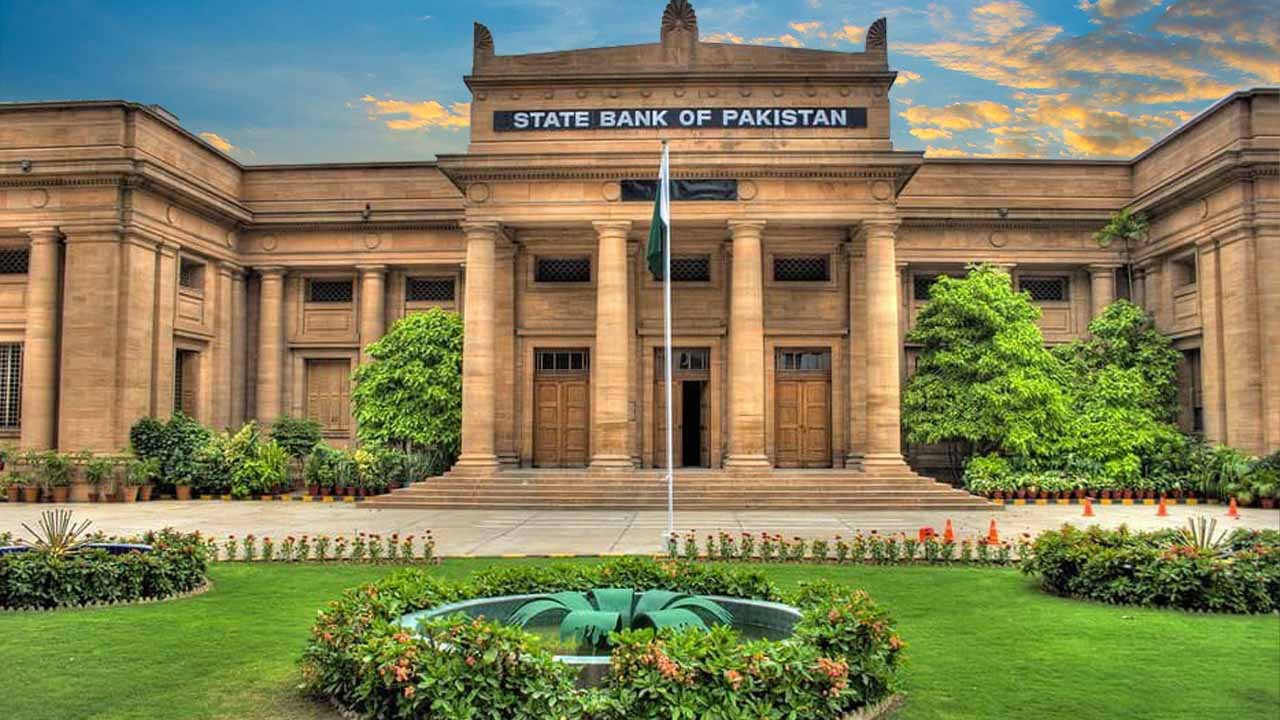The State Bank of Pakistan’s (SBP) Monetary Policy Committee (MPC) has made the decision to maintain the policy rate at 21 per cent for the next two months. This move is based on the committee’s anticipation that inflation will begin to decrease starting this month.
1/3 At its meeting today, Monetary Policy Committee (MPC) of #SBP decided to maintain the policy rate at 21%.https://t.co/mjQgHmMd3B#SBPMonetaryPolicy pic.twitter.com/4GX5J8AahI
— SBP (@StateBank_Pak) June 12, 2023
During its previous meeting in April, the MPC had raised the key policy rate by 100 basis points to a record high of 21 per cent in order to control inflation. Since January 2022, the SBP has increased rates by a total of 1,150 basis points.
In a press release issued today, the central bank highlighted that the higher inflation figures for April and May were in line with expectations. The committee also observed a sequential decrease in inflation expectations among consumers and businesses, following recent peaks.
Furthermore, the MPC predicts that domestic demand will remain subdued due to tight monetary policy, domestic uncertainties, and ongoing pressure on the external account. Given this context and the declining month-on-month trend, the committee expects inflation to have reached its peak at 38 per cent in May 2023, with a subsequent decline anticipated from June onwards, barring any unforeseen developments.
The committee acknowledged several significant developments that have occurred since its previous meeting. Firstly, provisional national accounts estimates indicate a considerable deceleration in real GDP growth during FY23. Secondly, the current account balance registered consecutive surpluses in March and April 2023, alleviating some pressure on foreign exchange reserves.
Thirdly, the government unveiled the budget for Fiscal Year 2023-24 on June 9, which outlines a slightly contractionary fiscal stance compared to the revised estimates for FY23. Lastly, global commodity prices and financial conditions have recently eased and are expected to persist in the near term.
The Monetary Policy Committee also evaluated the cumulative impact of the substantial monetary tightening implemented thus far, which is still unfolding. Overall, the committee believes that the current monetary policy stance, characterised by positive real interest rates on a forward-looking basis, is appropriate for anchoring inflation expectations and bringing down inflation towards the medium-term target, barring any unexpected domestic or external shocks.
However, the committee emphasised that this outlook is contingent upon effectively addressing prevailing domestic uncertainties and external vulnerabilities.
The committee noted that the major drag on real GDP growth, which increased by 0.3 per cent in FY23 compared to the revised growth of 6.1 per cent in FY22, stemmed from a significant contraction in the value addition of the industry due to various adverse domestic and external factors.
The services sector also experienced its slowest growth pace since the COVID-impacted FY20. However, the agriculture sector demonstrated growth lower than the previous year but better than post-flood expectations, driven by bumper sugarcane and wheat crops and robust growth in the livestock sector, which compensated for flood-related damages to cotton and rice crops.
The MPC further highlighted that the slowdown in economic activity aligns with trends observed in high-frequency indicators, particularly double-digit declines in auto, petroleum, and domestic cement sales volumes, as well as contraction in large-scale manufacturing throughout this fiscal year.
These trends are expected to persist in the near term due to the accumulated impact of tight policies. Conversely, barring any unfavorable weather conditions, the agriculture sector is expected to exhibit improved performance compared to the outgoing fiscal year, according to the committee.






